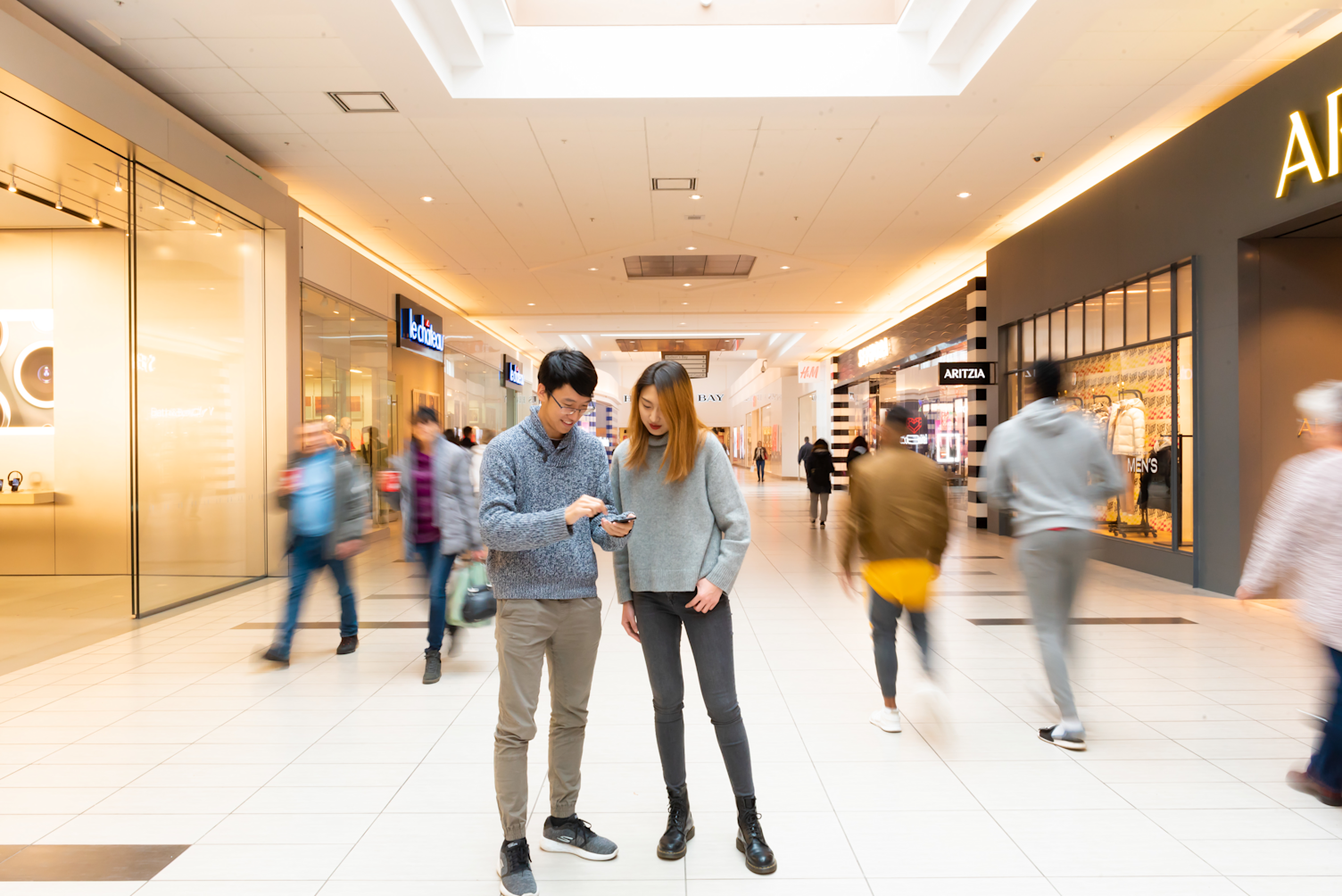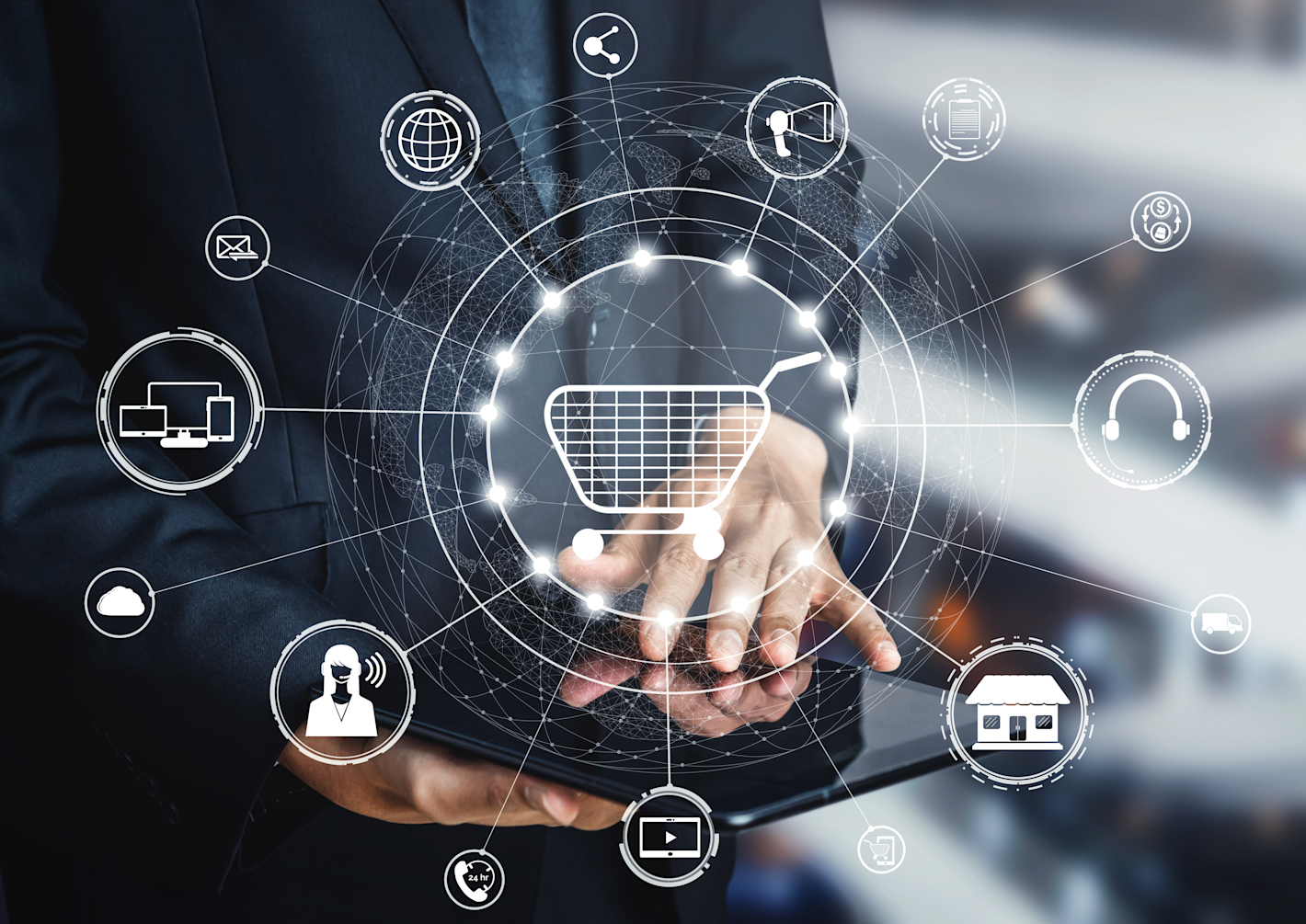Return to Resources
Retail Predictions in 2022 and Beyond
Jan 7, 2022
4 min read
Over the last two years, consumer behaviour has shifted dramatically. Customer expectations have evolved, e-commerce has grown, and retailers have been forced to pivot strategies and embrace digital transformation during these uncertain times.
While much remains unknown heading into 2022, the pandemic has continued to accelerate trends seen across the retail industry, many of which will continue to make an impact in the upcoming years. Let’s delve into what the future of retail might look like.
More Retailers Embracing an Omnichannel Strategy
From launching online stores and apps, to selling products on Instagram and Tiktok, retailers have been experimenting with different ways to meet the evolving needs of customers. Most notably, brick-and-mortar retailers have been digitizing their operations during the pandemic to offer new channels for purchasing. By adopting an omnichannel strategy and combining the benefits of physical and digital shopping experiences, retailers have been able to achieve more brand visibility, drive traffic and sales, and reach consumers at every touchpoint of the buyer experience.

Whether consumers are purchasing online from their computer, through their mobile device, or in a physical store, they expect a seamless and consistent shopping experience. In fact, 90% of customers expect their interactions to be consistent across all channels. We’ve also seen how much consumers value flexible omnichannel experiences like buying online and picking up in-store, or using AR and VR to preview a product in-store or online before purchasing. Thus, heading into 2022, we predict that more retailers will embrace omnichannel strategies to better target their consumers from all angles.
Buy Now, Pay Later Moving In-Store
Buy now, pay later (BNPL) payment plans have become increasingly popular over the course of the pandemic, and this trend won’t be ending anytime soon. For instance, Over Black Friday 2021, BNPL services soared, with PayPal’s Pay in 4 service jumping by 400% compared to the previous year. Many of these services are interest-free, provided you keep up with the scheduled payments, offering a more convenient and flexible way to purchase expensive items during these inflationary times. Not to mention, BNPL promotes instant gratification by enabling consumers to buy now, receive the product, and pay for it later in a number of installments.
While BNPL is typically offered online, its impact has prompted large retailers such as Walmart and Target to offer these payment services in physical stores. Now, it’s only a matter of time before more retailers incorporate this flexible payment option into their stores, creating a seamless experience between online and offline payment offerings.
The Metaverse Prompting Next-Generation Retail
The retail industry has learnt a lot over the last two years; most notably to remain flexible and ready to embrace change. With the surge of e-commerce and digital transformation prompted by the pandemic, we must ask ourselves: what’s next?
That’s where the Metaverse comes in. This concept is defined most simply as a shared 3D virtual world where people can socialize, work, and play. With Facebook rebranding itself as Meta, Mark Zuckerberg explains that the Metaverse will be the inevitable future of the internet and human connectivity. He describes this world as a much higher level of virtual reality (VR) and augmented reality (AR), where everything people do in the real world is replicated virtually. There are virtual avatars, digital social interactions, and all kinds of activities.

In the retail space, this would enable consumers to engage with products in real-time using their own personalized virtual avatar. For instance, a virtual storefront in the Metaverse would allow users to enter the store, walk around, see products, and even make a real purchase.
What does this mean for retail in 2022? While we won’t be experiencing the full extent of the Metaverse anytime soon, we predict that retailers will start to think about ways to get involved with this type of technology, and at the very least, continue to incorporate virtual and augmented reality into their business strategies.
Ready to Take on 2022?
Retail is ever-changing as companies continue to unite digital and physical worlds for consumers. It’s clear that moving forward, offering a compelling omnichannel experience is key, along with offering convenient, flexible payment options both online and offline. Moreover, while we don’t know the full extent of what the Metaverse will bring, the use of AR and VR technology is on the rise with consumers.
If you’re looking to capitalize on these trends and modernize your in-store and online experience this upcoming year, visit our website or contact us today! We’d love to show you how digital indoor mapping can transform your consumer experience in the retail space.


